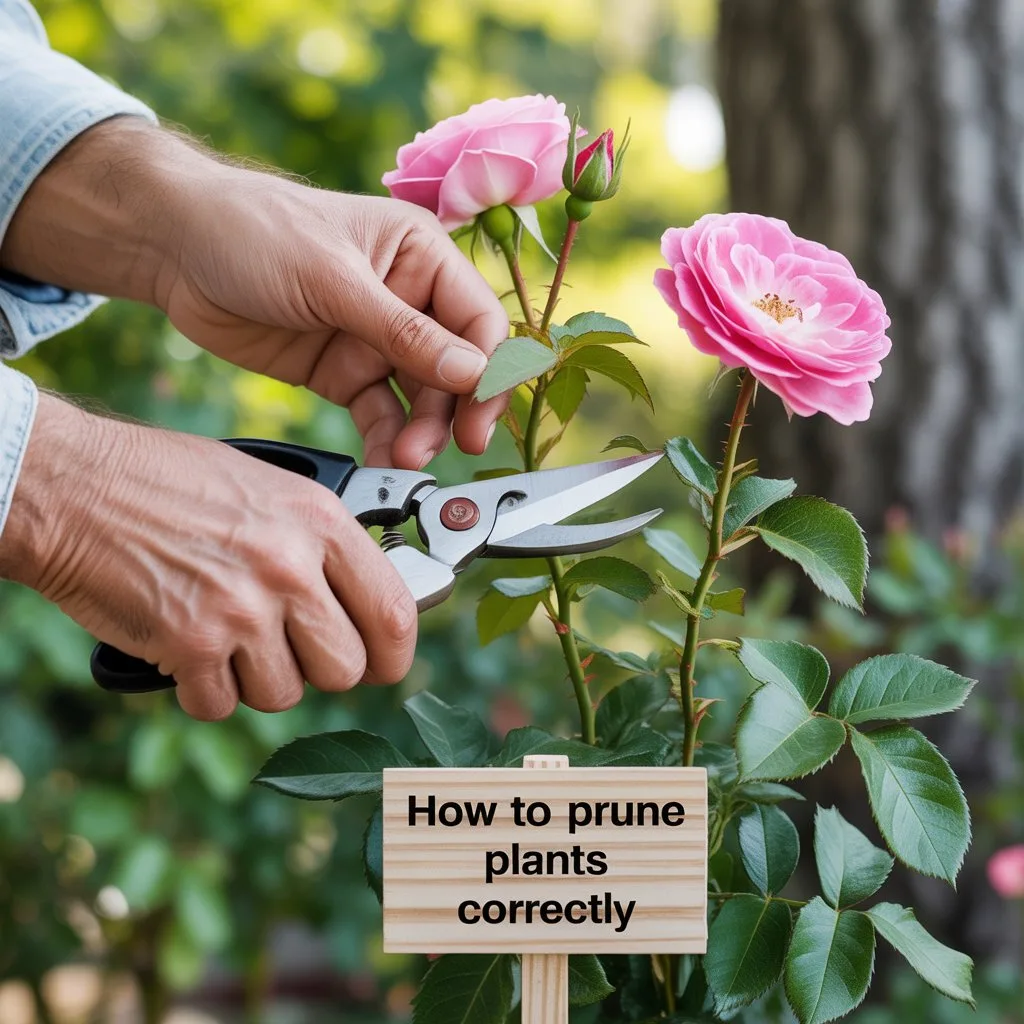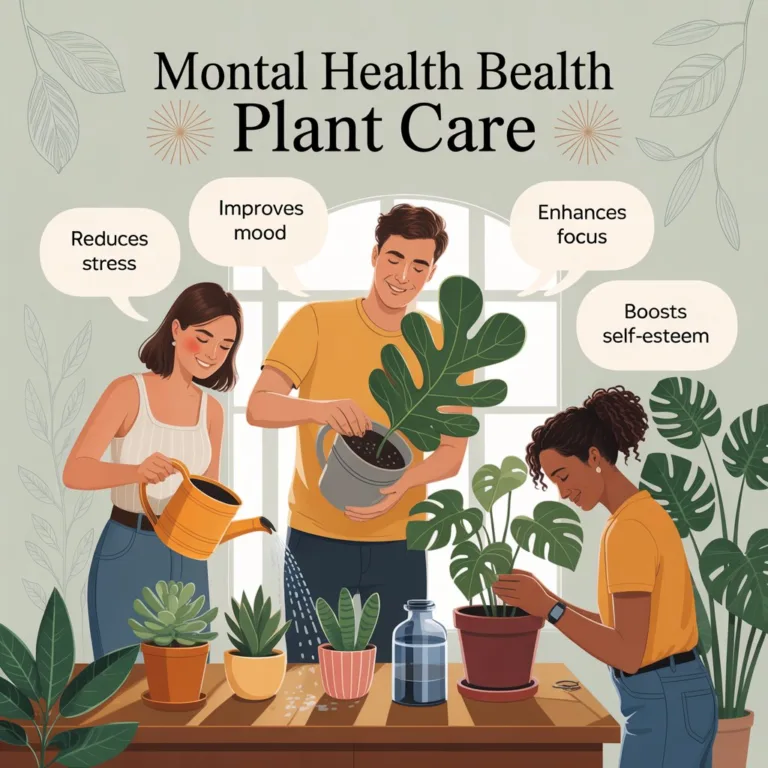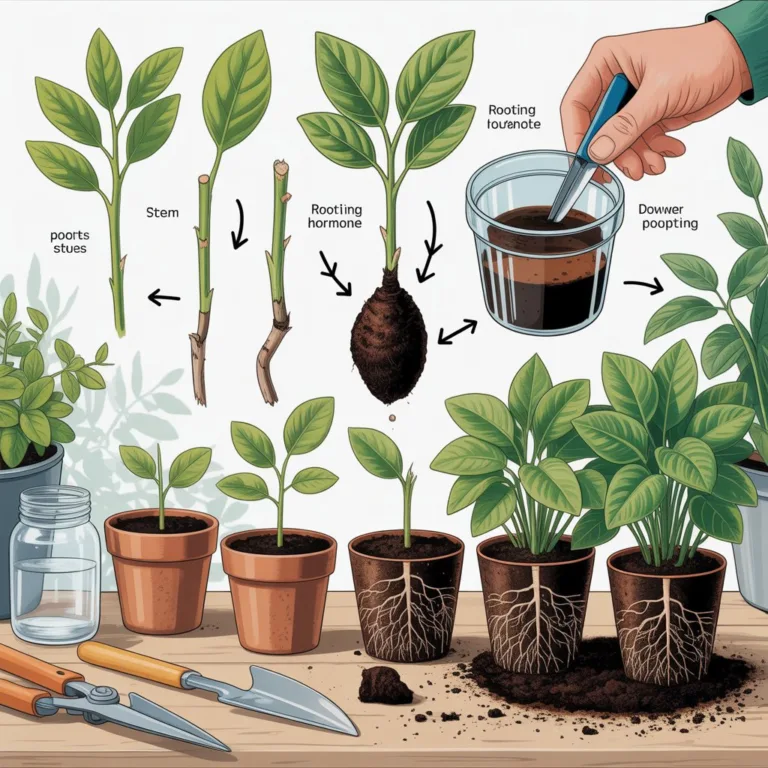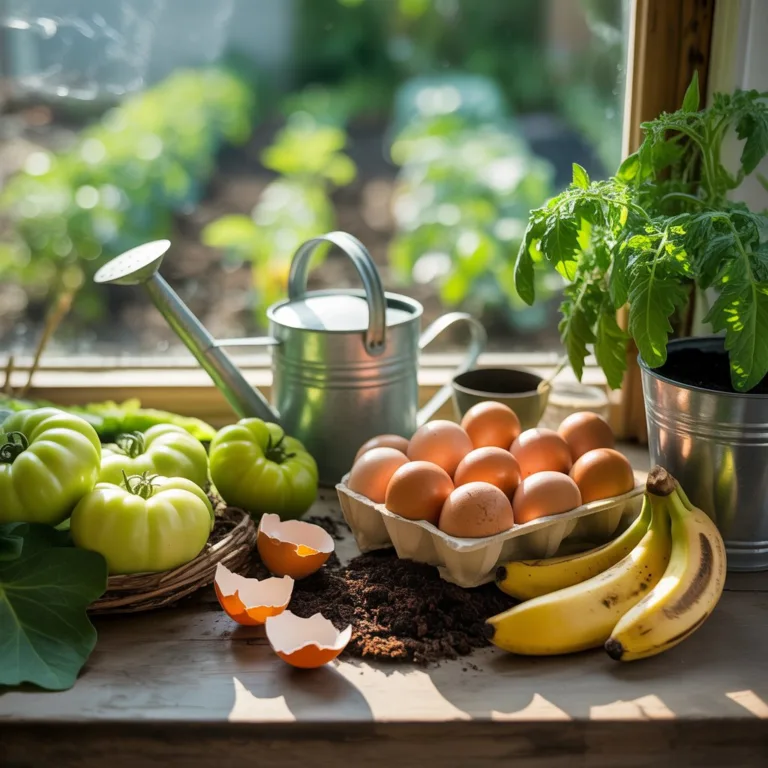Pruning plants correctly is one of the most essential practices for maintaining healthy, thriving greenery in any garden or home. Whether you’re caring for ornamental shrubs, fruit trees, or potted indoor plants, knowing how to prune without causing harm can make the difference between lush growth and long-term damage. Proper pruning encourages new shoots, improves airflow, reduces disease, and enhances the plant’s natural shape.

Understanding Why Pruning Matters
Plants, just like people, benefit from a bit of maintenance. Regular pruning removes dead, diseased, or overcrowded parts that can prevent light and nutrients from reaching healthy areas. When you prune plants correctly, you also stimulate their natural growth hormones, prompting stronger stems and fuller foliage. For flowering and fruit-bearing plants, the timing and technique of pruning can directly affect the size and abundance of blooms or harvests.
The Right Time to Prune
Different plants have their preferred pruning seasons. Pruning at the wrong time can stress the plant or interfere with its natural growth cycle.
- Flowering plants: Prune right after they finish blooming so you don’t accidentally remove next season’s buds.
- Fruit trees: Late winter or early spring, before new growth starts, is ideal for most varieties.
- Evergreens: Trim lightly in late spring or early summer to shape and control growth.
- Herbs and small plants: Regular light pruning can keep them bushy and prevent them from becoming woody.
Observing your plants’ natural patterns helps you determine when they are most receptive to pruning. Avoid pruning during extreme heat or cold, as it can shock the plant.
Tools That Make a Difference
Having the right tools is key to pruning plants correctly and safely. Dull or inappropriate tools can crush stems, invite disease, or cause uneven cuts that don’t heal well. Essential pruning tools include:
- Bypass pruners for small branches and stems (up to 2 cm thick).
- Loppers for thicker branches.
- Pruning saws for large limbs.
- Shears for shaping hedges or trimming delicate leaves.
Before and after pruning, always clean and disinfect your tools. A simple mix of alcohol or diluted bleach prevents spreading diseases between plants.
Recognizing the Right Places to Cut
When pruning, aim to make clean cuts just above a leaf node or bud facing outward. This encourages new growth to develop away from the center, maintaining good airflow and preventing overcrowding. Cutting too close can damage the bud, while leaving too long a stub can attract pests or rot.
If removing dead or diseased wood, cut well below the affected area to ensure the infection doesn’t persist. For larger branches, use the three-cut method:
- Make a shallow cut underneath the branch a few inches from the trunk.
- Cut from the top a bit further out until the branch falls.
- Make a final smooth cut close to the collar (the raised area where the branch meets the trunk).
This prevents tearing the bark and allows the wound to heal properly.
Pruning for Shape and Growth
Pruning isn’t only about removing — it’s also about guiding. Thoughtful shaping improves the plant’s form and helps distribute sunlight evenly. For young plants, pruning establishes a strong structure early on. For mature ones, it’s about maintaining balance and removing parts that compete for nutrients.
To promote fuller growth:
- Pinch off soft growing tips on herbs or shrubs to encourage branching.
- Remove inward-facing branches to open up the center.
- Keep the plant’s natural silhouette — avoid over-trimming, which can weaken it.
For trees, ensure no two branches rub against each other. Friction can cause wounds that invite pests or fungus.
Common Pruning Mistakes to Avoid
Even with good intentions, pruning can sometimes do more harm than good. Here are common mistakes to steer clear of:
- Over-pruning: Removing too much foliage weakens the plant’s ability to photosynthesize.
- Topping trees: Cutting off the top growth entirely can cause irregular shoots and structural instability.
- Ignoring tool hygiene: Dirty blades can spread infections rapidly.
- Cutting too close to the trunk: This damages the plant’s natural healing tissue.
Always take a moment to observe the plant before cutting. Plan your approach instead of pruning at random.
Caring for Plants After Pruning
After pruning, give your plants some care to help them recover. Water them deeply if the soil is dry, and avoid fertilizing immediately — new cuts can make plants sensitive to chemical burns. For outdoor plants, prune early in the day to reduce stress, and avoid pruning during heavy rain, which can lead to fungal problems.
If the plant shows signs of distress (like drooping leaves or discoloration), protect it from direct sunlight for a few days. Over time, you’ll notice new, healthy shoots developing, a sign that your pruning has paid off.
Encouraging Natural Health Through Pruning
When done correctly, pruning plants is more than a maintenance task — it’s a way to connect with nature’s rhythms. Each cut is a conversation with your plant, guiding it to grow stronger and live longer. Whether tending a small balcony garden or a backyard full of trees, consistent pruning keeps your green space vibrant and resilient.
Taking the time to prune plants correctly without harm not only supports their growth but also brings peace and satisfaction to the gardener. It’s a simple yet powerful act that combines observation, patience, and care — key ingredients for any thriving garden. Keep nurturing your plants, and they’ll reward you with health and beauty season after season.

Sofia Greenfield is a sustainable gardening expert and environmental educator who inspires families and urban gardeners to cultivate green spaces responsibly. She shares practical tips on growing vegetables, herbs, and flowers using eco-friendly and recycled materials, emphasizing the joy of gardening while protecting the planet.



